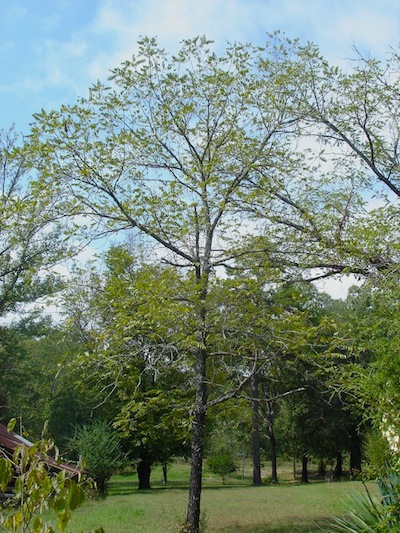Black walnut wins my “Best Smelling Wood” award…even better than cedar.
Not many would disagree that walnut is one of the most beautiful woods. It’s fine grained and so easily worked, and at the same time putting off the most gratifying aroma. We think of wood as generally being brown, don’t we? It’s the crayon we all grabbed when coloring anything wooden in our coloring books. But most wood is tan or light colored…except for black walnut, which isn’t really black, but truly brown. Actually, it kind of brings to mind an odd purple hue before fully seasoned.
Black walnut is often used for gunstocks, and a favorite choice for furniture or paneling. And then there are veneer quality logs, which require minimal defects (limbs, knots, crookedness). There’s quite a high price for most any walnut tree, but the largest, straightest grain, knot free logs can easily double the value of other logged timber, sometimes going much higher. If you have one of these trees on your place I don’t mean to get your hopes up unnecessarily, but an ideal veneer quality tree could bring over a thousand dollars. It’s for this reason that if you have the space on your property for a few extra trees, you couldn’t go wrong with a minimal investment of black walnut seedlings.
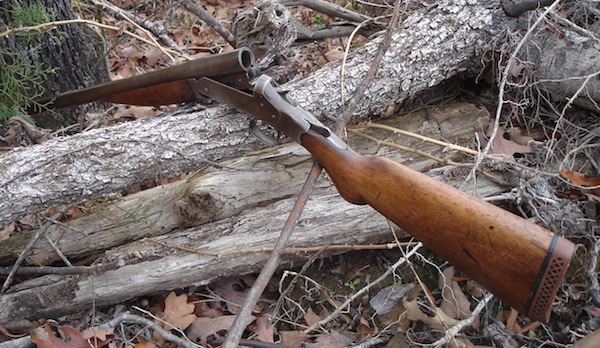
My grandpa, Pa Mac’s old shotgun with its walnut stock.
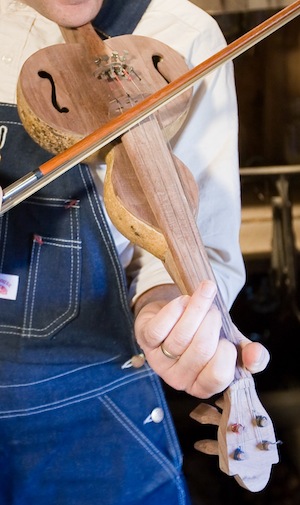
The gourd part of a gourd fiddle grows quick; the walnut part doesn’t.

In many parts of the country, large black walnut trees growing in the wild are sometimes an indication of old settler homesteads…or even Indian settlements.
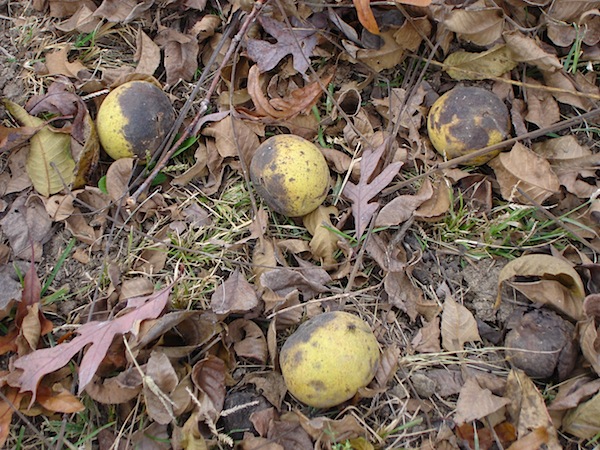
Obtain some walnuts that fall from a public tree (city park, etc.) or a generous neighbor. When they first drop they’re encased in a husky shell that stains your fingers and keeps them that way for weeks. It can be embarrassing and you’ll soon grow tired of repeating the explanation so be warned. On the bright side, these husks can be used as a dye for cotton, wool, or basket making material. Take those husks off and go dye your shirts and socks a deep brown. Then plant the remaining nuts about finger deep in the ground. You might even open up a shallow furrow with a plow and drop in the nuts at as generous an interval as you have seed. Mature trees would ultimately be spaced at around 50 or more feet apart, but you’d want them thicker at first and thin them out as you go. This would produce straighter, taller trees with less limbs (if you’re going for the lumber investment). If you just want pretty, nut-bearing trees, plant ’em 50 feet apart to begin with and forget about ‘em (until you’re ready to cut the grass, and then try real hard to not mow ’em down for the first couple of years).
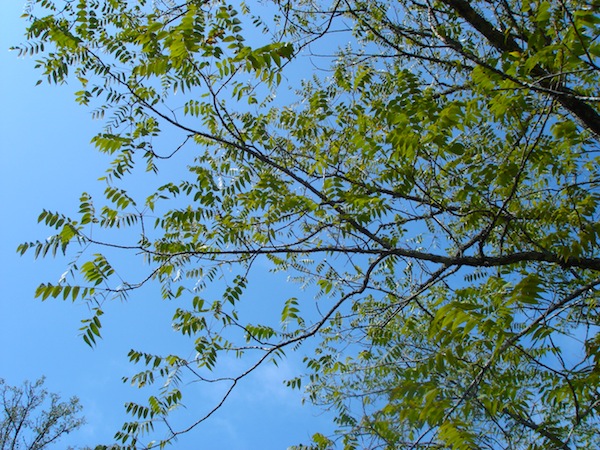
Black walnut trees are fairly identifiable by its toothy leafing pattern.
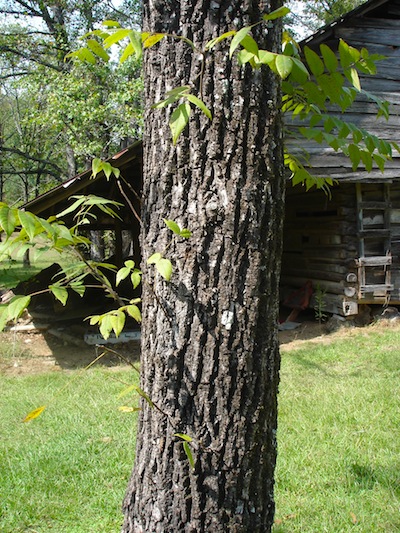
Depending on conditions (soil, climate) a walnut tree will grow approximately 2 inches of diameter every 5 years or so. You could have a very valuable tree in just 50 years, give or take. (If that sounds like a long time, don’t worry because the tree doesn’t mind the wait) If you’re going to harvest and work up the lumber yourself, you won’t have to wait so long. You could use a tree about 10 or 12 inches in diameter if you need to.
And then there’re the nuts.
Think of the joy in January of sitting around the fire and industriously picking out the tender fruits of the walnut’s labor! After all, you’ll have some time to kill for the next 50 years.
Pictures and article by Pa Mac, copyright 2012

